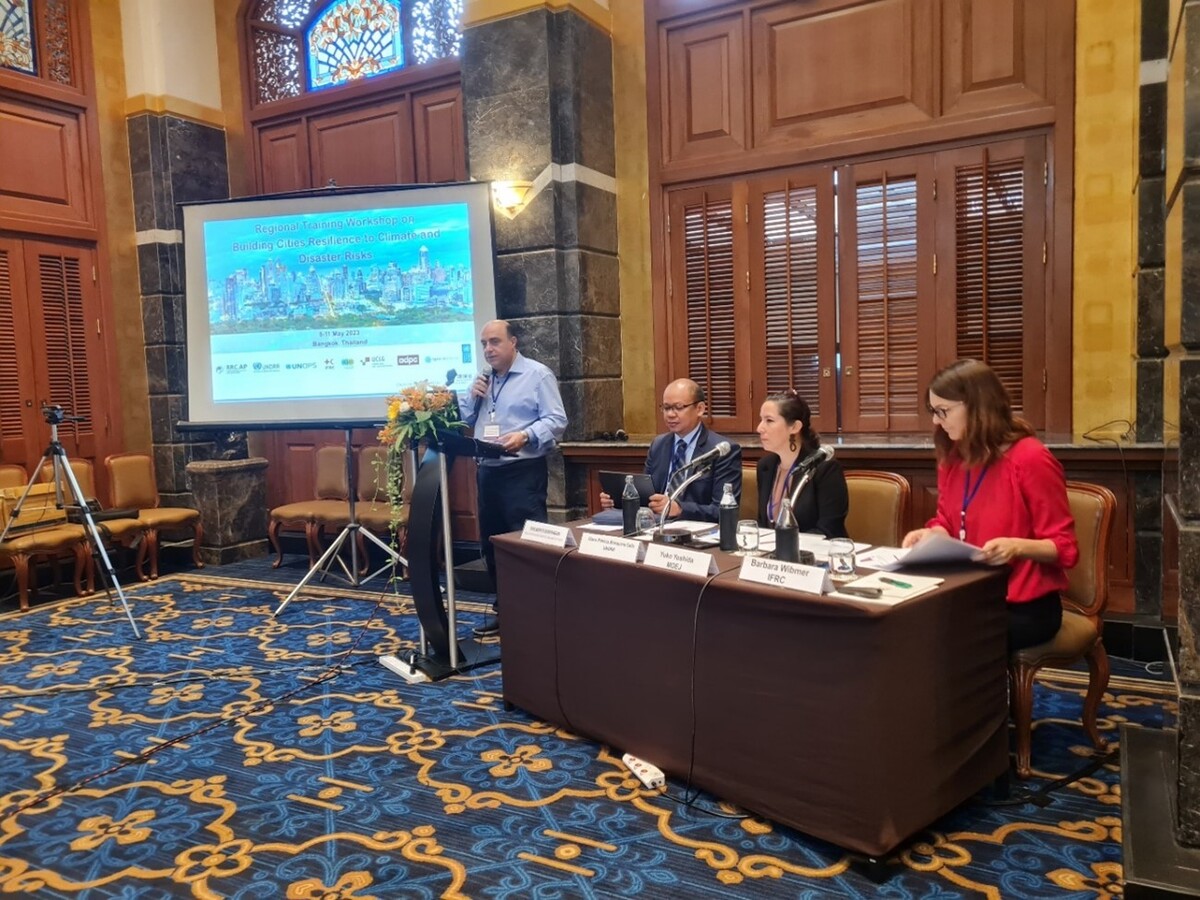Location
The Lower Mekong River Basin
The Lower Mekong River Basin is one of the world's largest river basins, making up 76% of the total Mekong Basin area. It accommodates more than 60 million people, covering a large part of northeastern Thailand, almost the entire Lao PDR and Cambodia countries, and the southern tip of Viet Nam.
Issue
Transboundary Impacts of Climate Change across the Basin
The Lower Mekong River Basin faces several climate impacts including temperature rise, change in the intensity of rainfall, and droughts. In addition, sea level rise is also predicted to cause an increase in salinity and floods causing significant damage to agriculture in some productive areas of the basin. Those changes disproportionately impact local communities, and even spread in a transboundary manner across countries or upstream to downstream of the basin.
Solution / Lesson learned
Mekong Climate Change Adaptation Strategy and Action Plan
The Mekong Climate Change Adaptation Strategy and Action Plan (MASAP) was initiated by the Mekong River Commission to integrate their principles and guidance on climate adaptation into the IWRM (Integrated Water Resources Management) policy framework in the Lower Mekong River Basin. IWRM serves as a process for enhancing the coordinated development and management of water resources while preserving the sustainability of vital ecosystems. The Commission conducted a series of basin-wide assessments of climate impacts on water and water-related resources under various climate change and development scenarios, based on which several transboundary projects for IWRM have been implemented. The MASAP has shown the need to address the climate and water linkage at the basin level using the IWRM approach, transboundary issues associated with climate change adaptation, and support riparian countries to implement adaptation strategies and plans at national, regional, and international levels.





